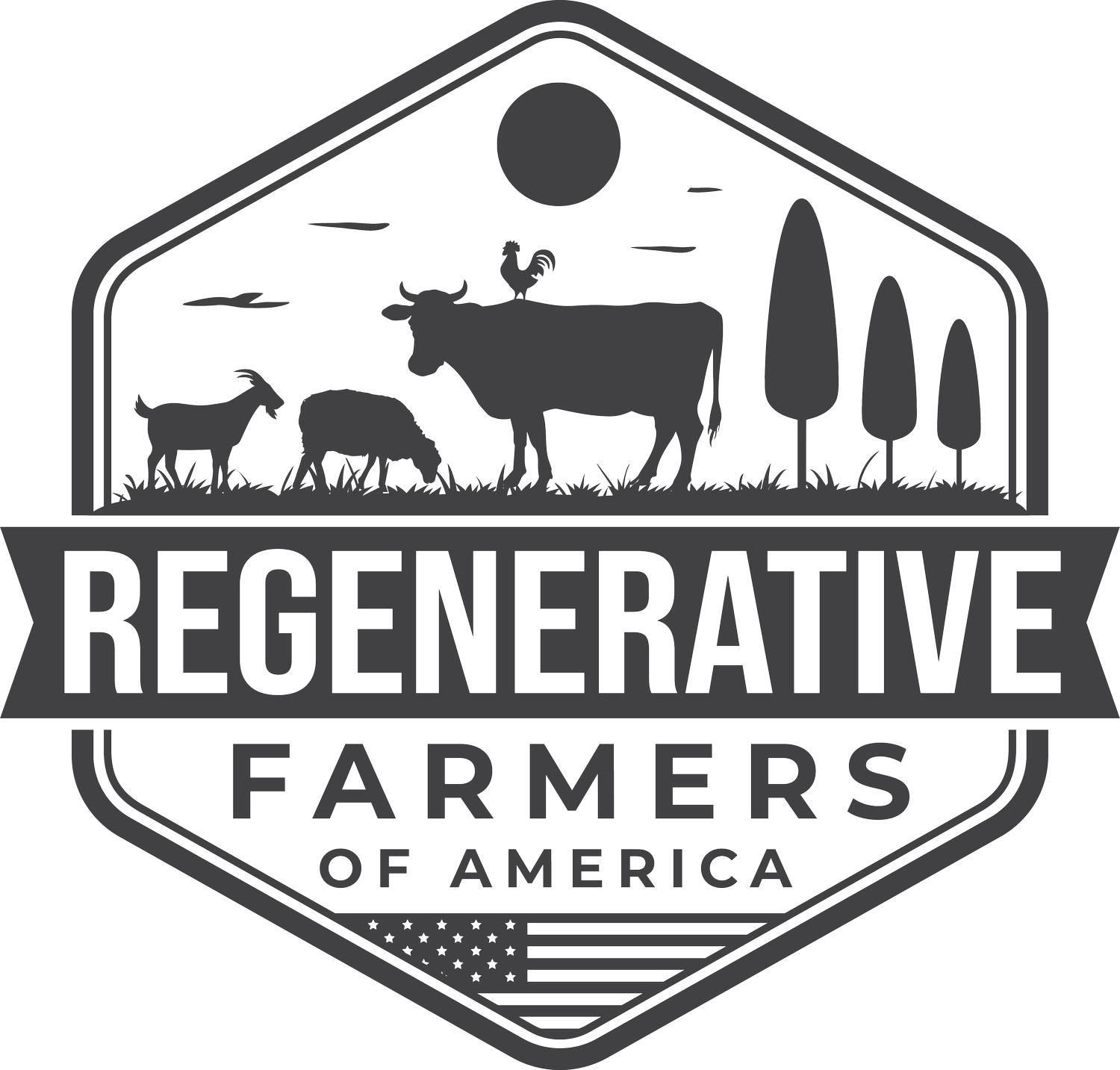
The First Regenerative Agriculture Book for Kids!
Inspire little ones to build a better future!
With adorable illustrations, this book is not just an entertaining read, but a valuable tool for inspiring young minds to overcome challenges and create a brighter, greener future.
Help children learn about Regenerative Farming through story!
Exploring regenerative farms: A kid's story to soil, animals, and plants
The story of one little girl's journey from falling in love with farm animals to starting her own backyard farm using Regenerative Agriculture techniques.
"Enchanting!
This is the much-needed story of how health, peace and community grow one dream, one seed, one child at a time and is a must read for the awakening little farmer in everyone."
-Amira Diamon -Founder of Women’s Earth Alliance
Why we wrote this book
Through our journey as first generation farmers, the negativity and challenges have been constant, but the rewards are endless.
We hope this book will inspire and encourage future little farmers of all ages to pursue their dreams. Because yes, farming is hard - but it is also magical, fulfilling, and worthwhile beyond measure.
The Little Regenerative Farmer exists to tell that story.
Inspire little ones of all ages to build a better future through the Regenerative Agriculture movement!
Because yes, farming is hard but it is also magical, fulfilling, and worthwhile beyond measure.
FAQs about Kids & Regenerative Agriculture
How can kids help with regenerative agriculture, even if they don't live on a farm?
One way kids can help with regenerative agriculture is by learning about regenerative farming practices and encouraging their families to buy food from local farmers who practice regenerative agriculture. Kids can also read and experience the journey through our book above. It teaches principles of regenerative agriculture through stories along with lessons on overcoming challenges.
What are some benefits of regenerative agriculture for kids?
Regenerative agriculture provides a variety of benefits for kids, including improved soil health, cleaner air and water, and healthier and more nutrient-dense food. It also helps to support local communities and create a more sustainable and resilient food system for future generations.
Can regenerative agriculture help combat climate change, and if so, how?
Yes, regenerative agriculture can help combat climate change by sequestering carbon in the soil and reducing greenhouse gas emissions through regenerative farming practices. By building healthy soil and using techniques like cover cropping and rotational grazing, regenerative agriculture can help to mitigate the effects of climate change and reduce the carbon footprint of agriculture.
Why is it important for kids to learn about regenerative agriculture and sustainable food systems?
It is important for kids to learn about regenerative agriculture and sustainable food systems because they are the future stewards of the planet. By understanding how food is grown, where it comes from, and the impact it has on the environment, kids can make informed decisions about the food they eat and the systems they support. They can also become advocates for sustainable agriculture and work to create a healthier and more equitable food system for all.
How can regenerative agriculture benefit local communities, and how can kids get involved?
Regenerative agriculture can benefit local communities by supporting local farmers and providing access to fresh, healthy, and sustainably grown food. It can also create jobs and economic opportunities and help to build stronger, more resilient communities. Kids can get involved by supporting local farmers, volunteering at farmers’ markets or community gardens, and advocating for sustainable food systems in their communities. They can also learn about sustainable farming practices and share this knowledge with their friends and families.









